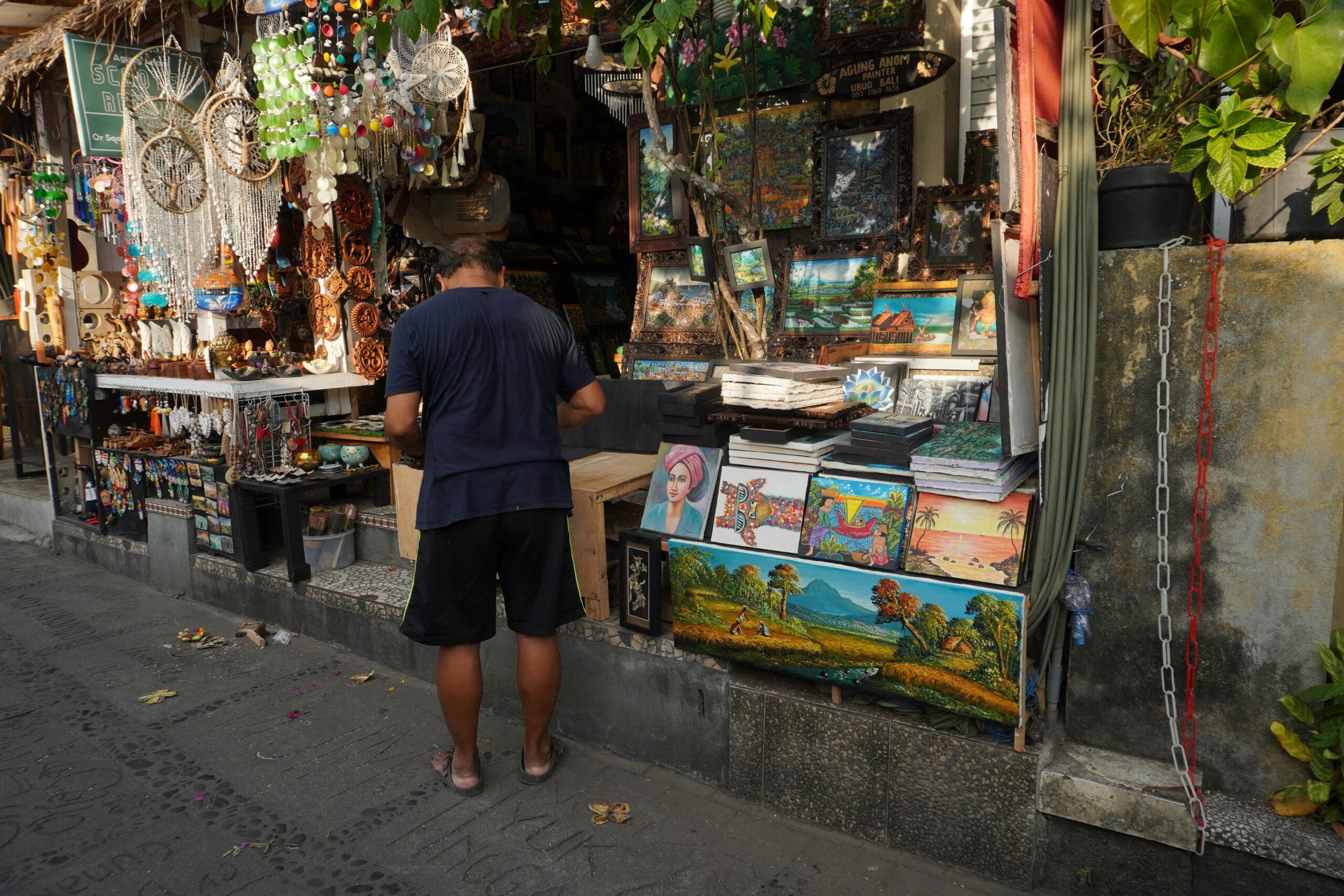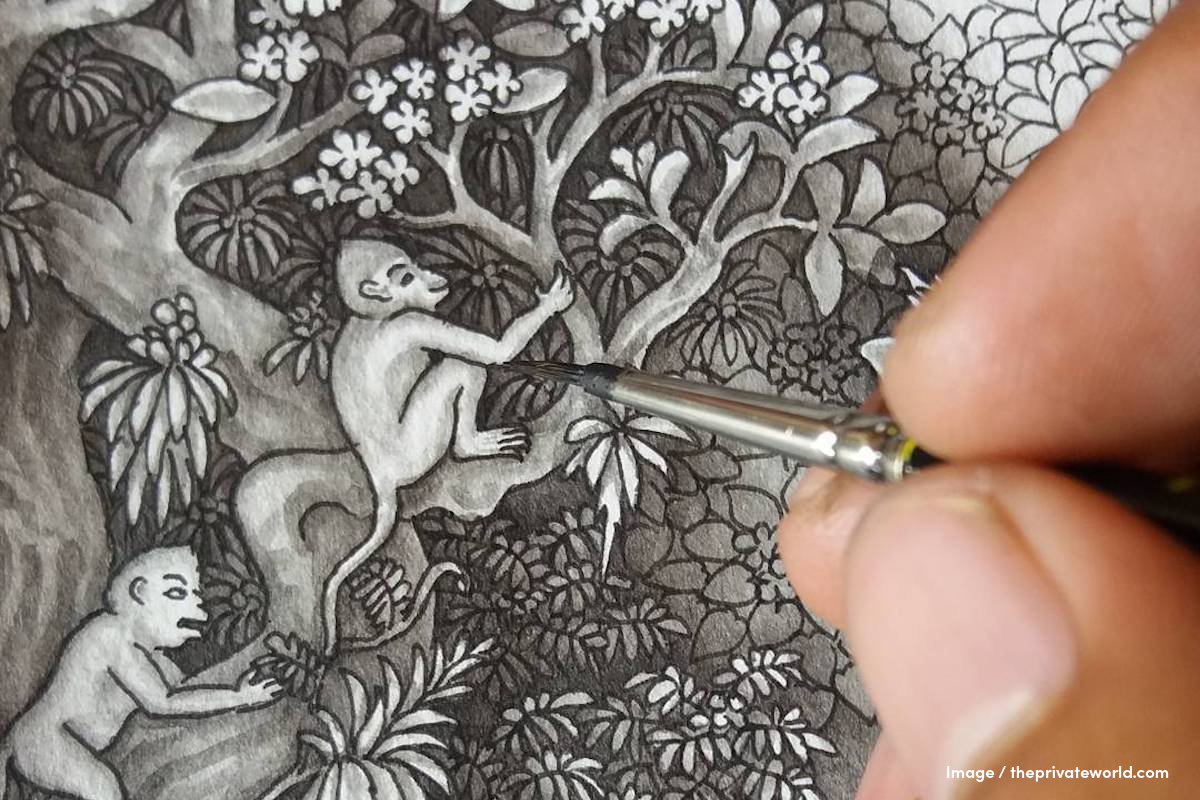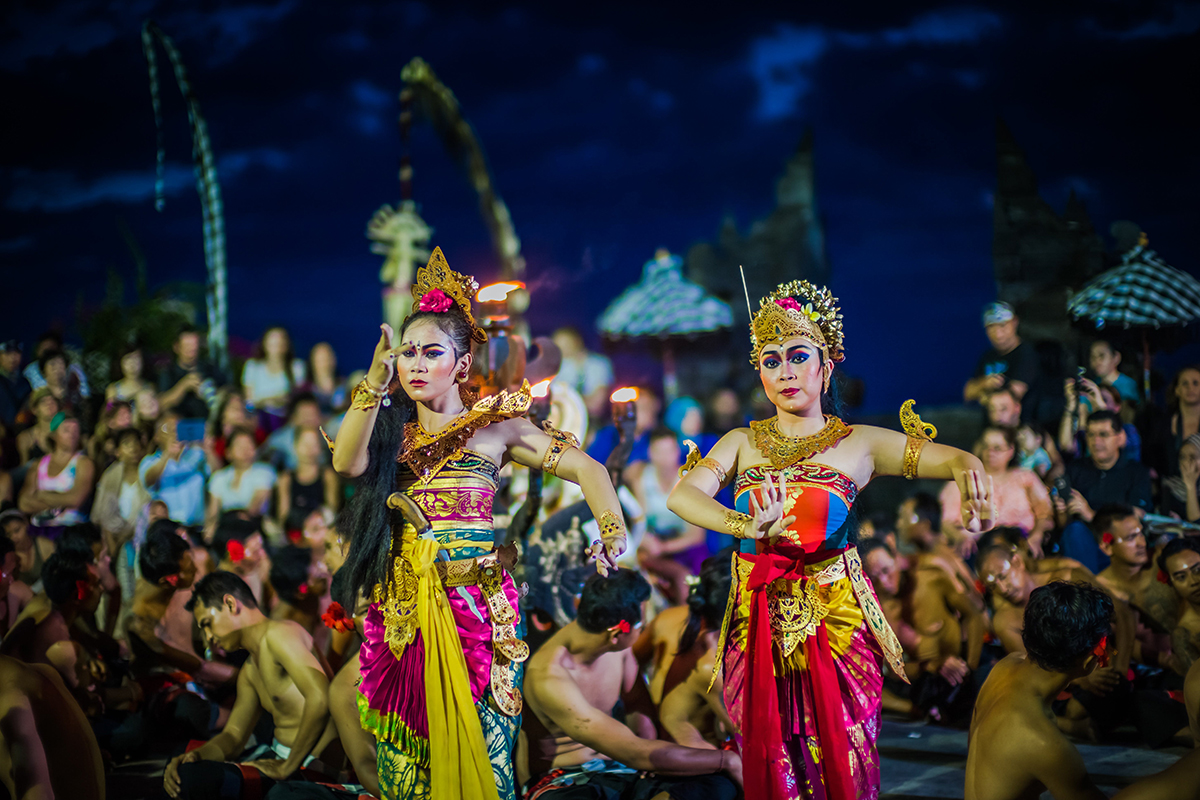Ubud: Bali’s Art District
In the 1930s, Ubud emerged as Bali’s central hub for the arts and much has stayed the same in the present day. Before this time, traditional Balinese paintings were created in a Kamasan or Wayang style, often depicting episodes from the Ramayana and Mahabharata epic sagas. The modernisation of art in Bali occurred due to the arrival of many western artists, namely Walter Spies and Rudolf Bonnet, who instilled perspective of Bali’s landscapes, local activities and villages, as well as everyday subjects into their artworks. Ubud was the main hub of this change in style, but surrounding areas of Batuan and Sanur brought forward their own creativity and technique, with the former producing eggshell and seashell paintings. Today, you can find a wonderful mix of both old and new.
In Ubud you’ll find one of the oldest art markets in Bali, Sukawati Village. On offer is a selection of Balinese artworks and handicrafts, whose colourful display will allow your senses to go on a magical journey. From framed paintings depicting Balinese farm life to wooden sculptures and handmade products, this two-storey market lets you in on the world of traditional Balinese artworks. If you simply wish to explore rather than purchase, the Neka Art Museum and ARMA Museum is where you can discover a range of Balinese paintings and Indonesian paintings that perfectly blend both past and present traditions.




